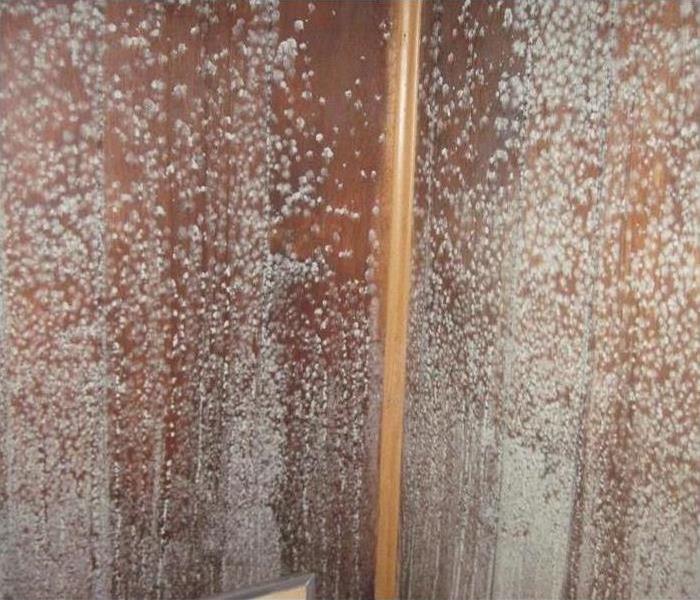How does Mold Grow?
3/17/2021 (Permalink)
So how does mold grow? Mold is part of the natural environment. Outdoors, molds play a part in nature by breaking down dead organic matter such as fallen leaves and dead trees; indoors, mold growth should be avoided. Molds reproduce by means of tiny spores. The spores are invisible to the naked eye and float through the air. Mold may begin growing indoors when spores land on moist surfaces. There are many types of mold, but all require moisture for growth.
Molds are found everywhere, and can grow on almost any substance when moisture is present. They reproduce by spores, which are carried by air currents. When spores land on a moist surface suitable for life, they begin to grow. Mold is normally found indoors at levels which do not affect most healthy individuals.
Because common building materials are capable of sustaining mold growth and mold spores are ubiquitous, mold growth in an indoor environment is typically related to water or moisture and may be caused by incomplete drying of flooring materials (such as concrete). Flooding, leaky roofs, building-maintenance or indoor-plumbing problems can lead to interior mold growth. Water vapor commonly condenses on surfaces cooler than the moisture-laden air, enabling mold to flourish. This moisture vapor passes through walls and ceilings, typically condensing during the winter in climates with a long heating season. Floors over crawl spaces and basements, without vapor barriers or with dirt floors, are mold-prone. Some materials, such a polished concrete, do not support mold growth.
Significant mold growth requires moisture and food sources and a substrate capable of sustaining growth. Common building materials, such as plywood, drywall, furring strips, carpets, and carpet padding provide food for mold. In carpet, invisible dust and cellulose are food sources. After water damage to a building, mold grows in walls and then becomes dormant until subsequent high humidity; suitable conditions reactivate mold. Mycotoxin levels are higher in buildings which have had a water incident.
Cohen, Aron. “Indoor Mold.” Wikipedia, Wikimedia Foundation, 26 Dec. 2017, en.wikipedia.org/wiki/Indoor_mold.






 24/7 Emergency Service
24/7 Emergency Service
